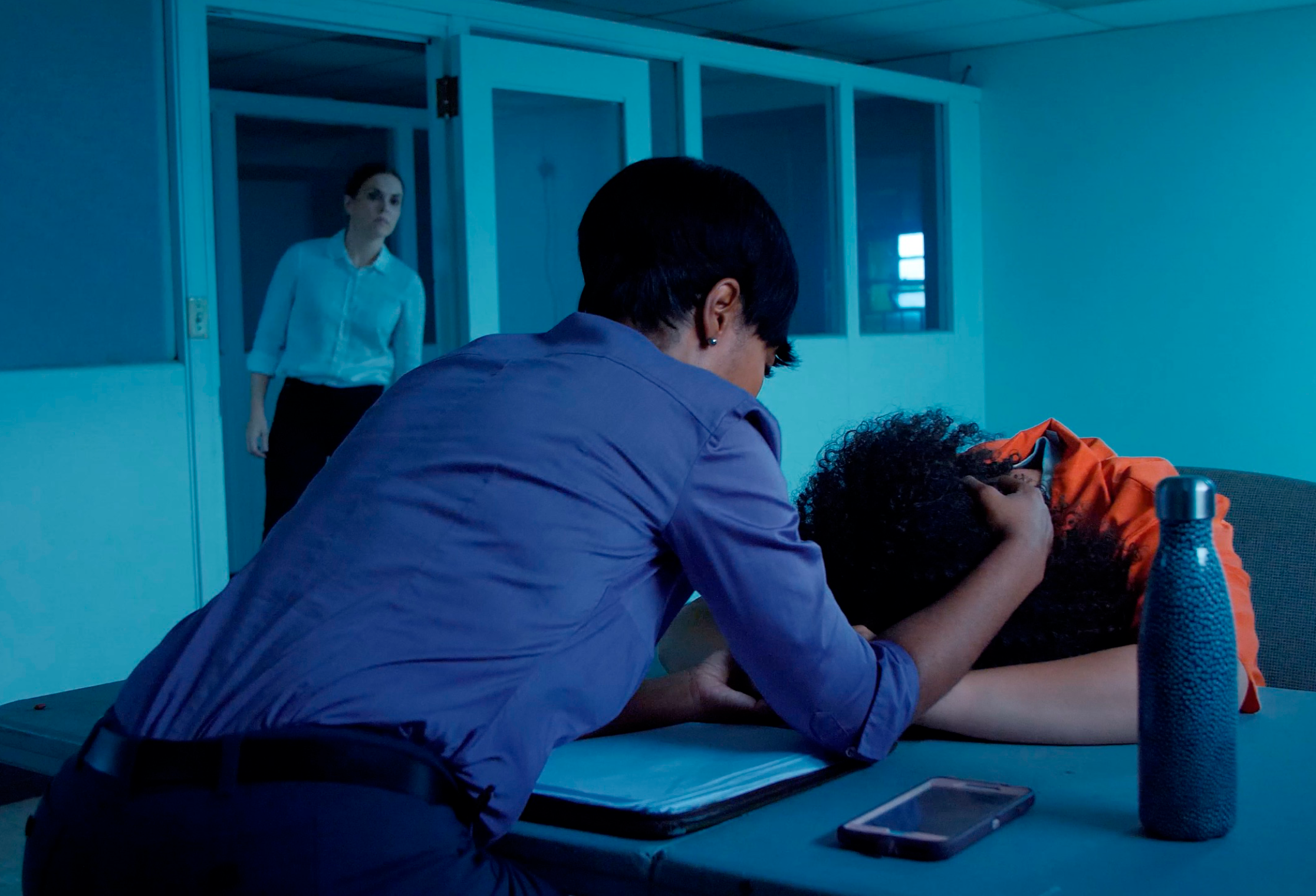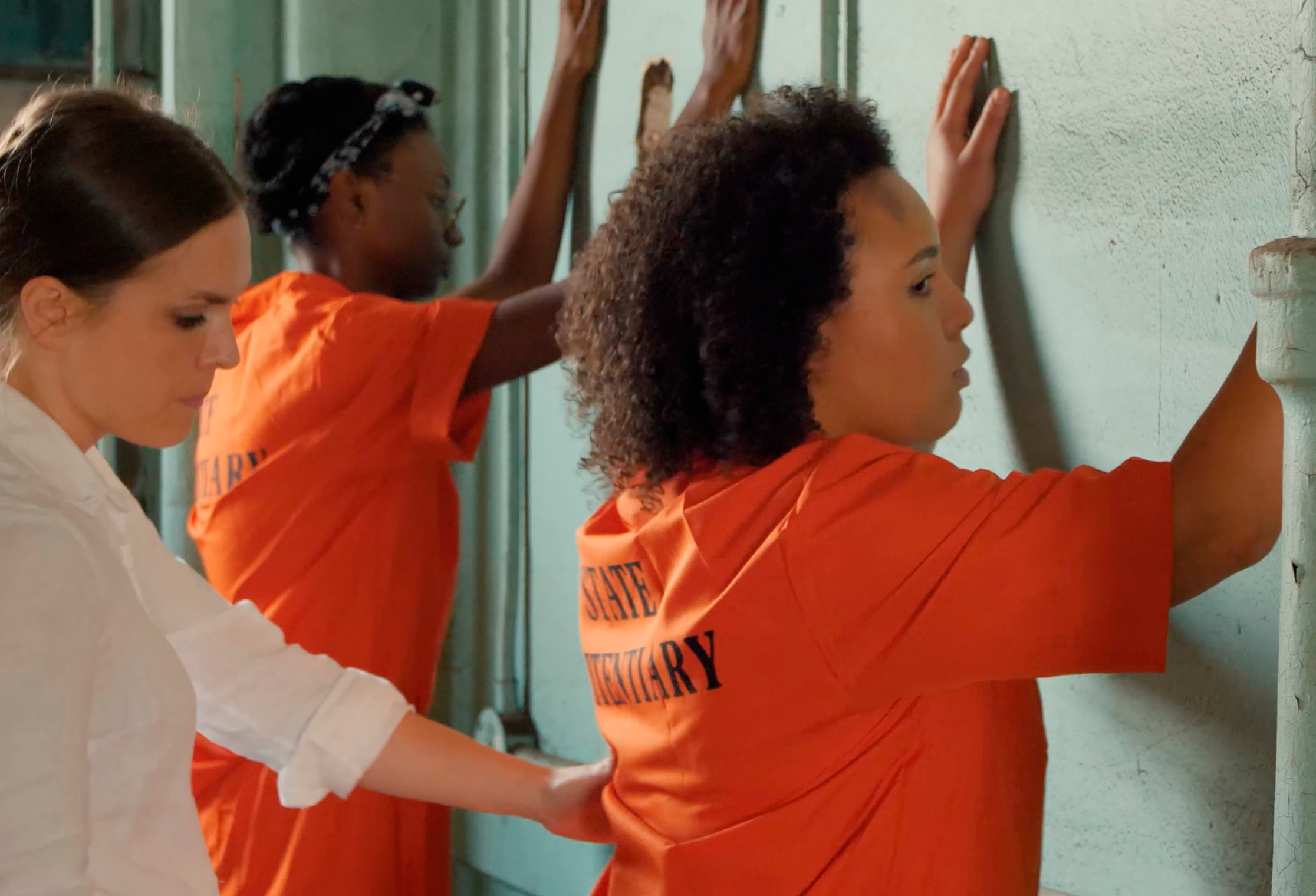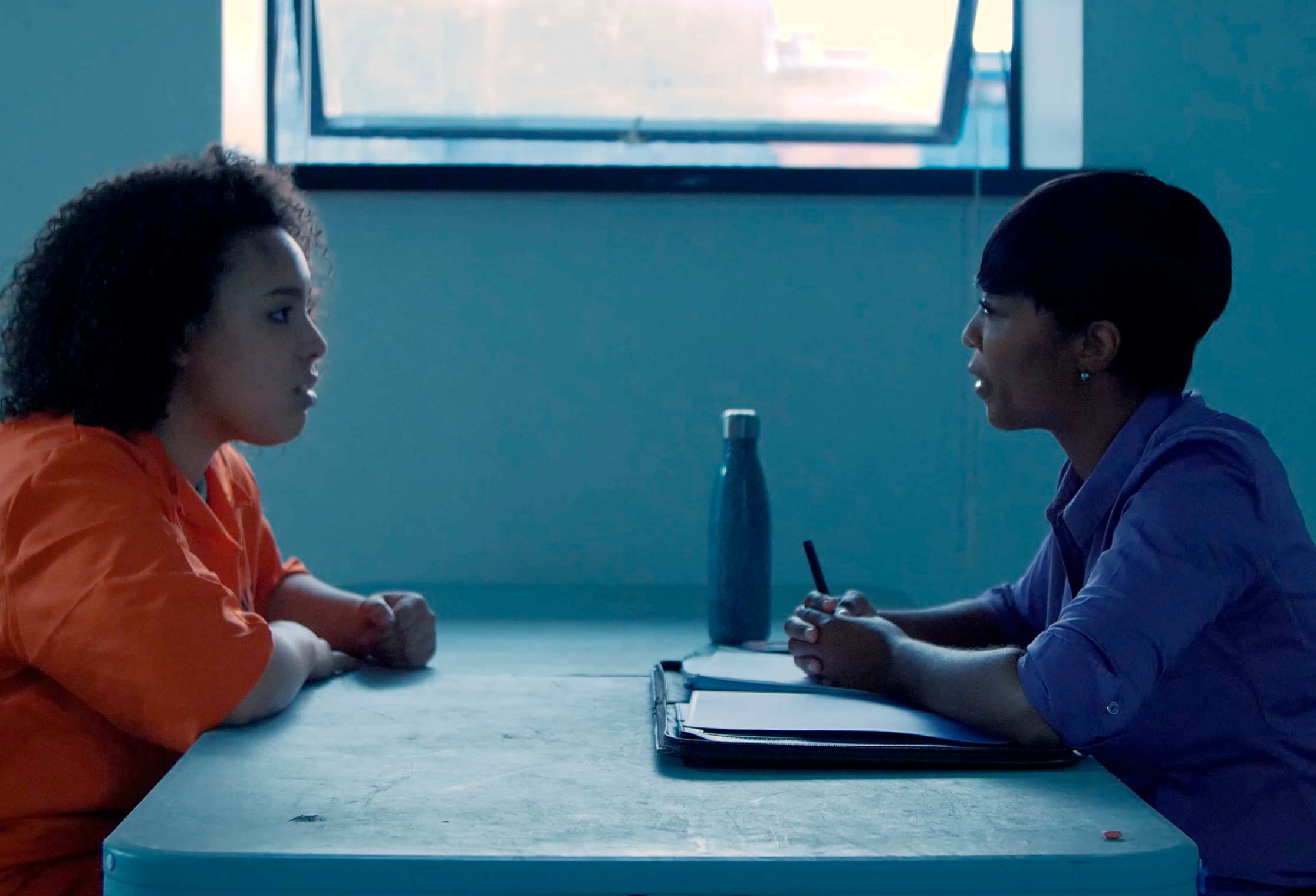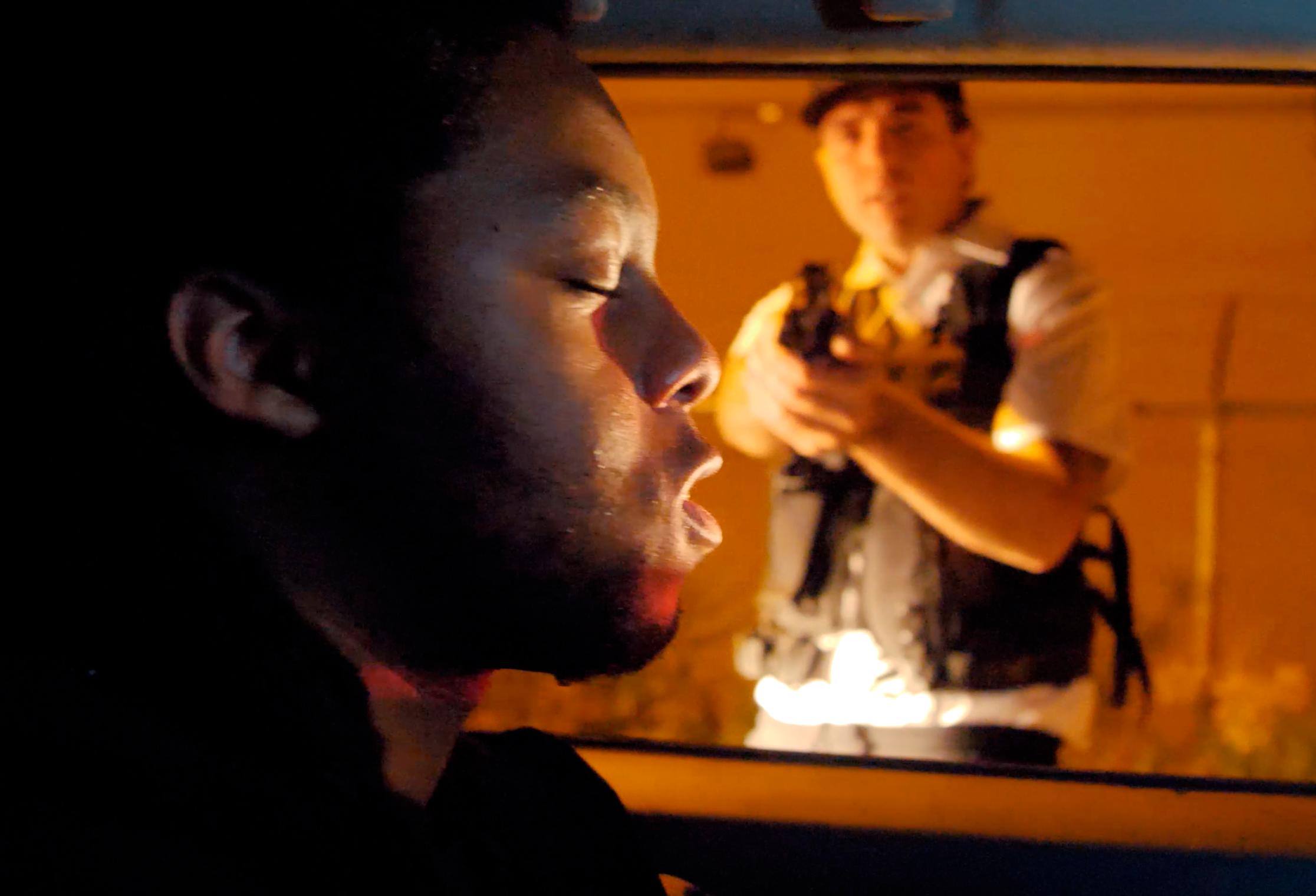Kamisha Thomas is a director, producer, and interdisciplinary artist using film and art-based advocacy to lead the discussion on ending mass incarceration.
Columbus, Ohio native and second-generation carceral system survivor, Kamisha Thomas is an interdisciplinary artist dedicated to ending mass incarceration. After serving seven and a half years in prison, she and Aimee Wissman established the Returning Artists Guild (RAG) in 2019, a group of directly-impacted artist-abolitionists. Kamisha is a 2019 Right of Return Fellow and a 2022 Art for Justice grantee and screened her first short film, BANG!, at the 41st Cleveland International Film Festival and MoMA’s Pens to Pictures event as part of the exhibit “Marking Time: Art in the Age of Mass Incarceration.”
Thomas believes that unapologetic artistic expression is the tool that will destroy the master’s house: the system that disproportionately exploits and kills Black and Brown bodies.



